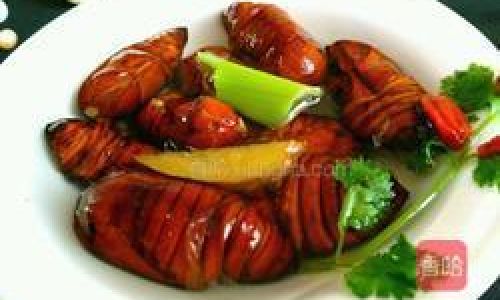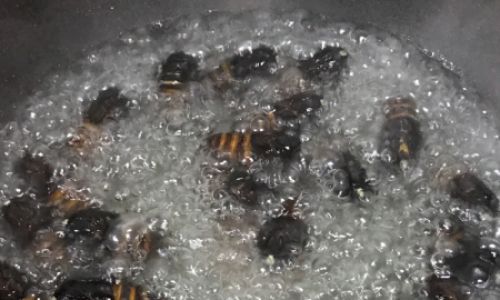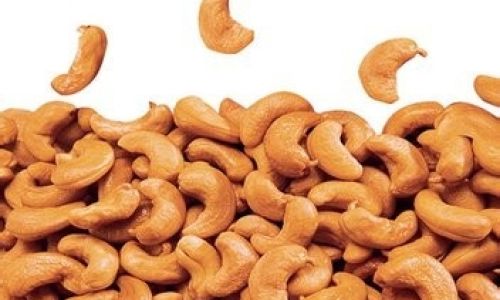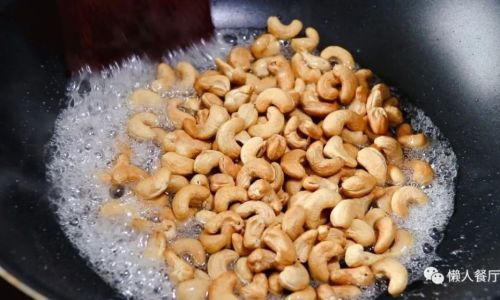Introduction

In the vast tapestry of culinary traditions worldwide, few dishes evoke such a blend of curiosity, intrigue, and culinary adventure as silkworm pupae. This unique ingredient, often overlooked in mainstream gastronomy, holds a cherished place in the hearts and stomachs of many cultures, particularly in Asia, where it is revered for its nutritional value and distinct flavor. Among the myriad ways to prepare silkworm pupae, cooking them in saltwater stands out as a timeless method that preserves their natural sweetness while infusing them with a subtle, savory depth. This article embarks on a culinary journey, exploring the art of preparing silkworm pupae in saltwater, from sourcing the ingredients to mastering the cooking technique, and finally, appreciating the dish in its cultural and nutritional context.
Sourcing the Ingredients
The first step in any culinary endeavor is sourcing high-quality ingredients. In the case of silkworm pupae, this involves understanding the lifecycle of the silkworm and the conditions under which they thrive. Silkworms, primarily of the Bombyx mori species, are meticulously reared on mulberry leaves until they enter their pupal stage. It is during this pupal stage that the silkworms are harvested for food.
When sourcing silkworm pupae, it is crucial to ensure they come from reputable suppliers who prioritize ethical farming practices. This means ensuring that the silkworms are not harmed unnecessarily and that their natural habitat is respected. Additionally, freshness is key; pupae should be firm, with a slightly glossy appearance, and devoid of any unpleasant odors.
Salt, the other essential ingredient, should be of good quality, preferably sea salt or rock salt, which contains trace minerals that can enhance the flavor profile of the dish. The purity and texture of the salt can make a significant difference in the final taste of the cooked pupae.
Preparing the Pupae
Before cooking, silkworm pupae require a bit of preparation. This involves rinsing them gently under cold running water to remove any dirt or debris that may have adhered during handling or storage. It is important not to soak the pupae for too long, as this could affect their texture and flavor.
Once cleaned, the pupae can be patted dry using a clean kitchen towel or paper towels. This step ensures that excess moisture does not interfere with the cooking process, particularly when it comes to achieving the desired level of saltiness and texture.
The Cooking Process: Saltwater Boiling
The heart of this culinary art lies in the simple yet precise process of boiling the silkworm pupae in saltwater. Here’s a step-by-step guide to achieving perfection:
-
Boiling the Water: Begin by filling a large pot with enough water to fully submerge the pupae. Bring the water to a rolling boil over medium-high heat.
-
Adding Salt: Once the water is boiling, add a generous amount of salt. The exact quantity will depend on personal preference and the size of the pot, but a good starting point is approximately one tablespoon of salt per liter of water. Stir well to ensure the salt is fully dissolved.
-
Adding the Pupae: Carefully lower the cleaned and dried silkworm pupae into the boiling saltwater using a slotted spoon or tongs. This prevents splashing and ensures a gentle entry into the cooking medium.

-
Cooking Time: Maintain a gentle boil and cook the pupae for about 8-10 minutes. This timing is crucial; too little can leave them undercooked and tough, while too much can make them overly soft and mushy.
-
Testing for Doneness: To check if the pupae are cooked to perfection, remove one with a slotted spoon and let it cool slightly. Carefully peel away a small section of the outer casing to inspect the interior. It should be firm yet tender, with a slightly translucent appearance.
-
Draining and Cooling: Once cooked, quickly remove the pupae from the boiling water using a slotted spoon and let them drain on a kitchen towel or wire rack. Allow them to cool to room temperature before serving, as this enhances their flavor and texture.
Serving and Enjoying
The versatility of silkworm pupae cooked in saltwater lies in their ability to pair with a wide range of flavors and cuisines. They can be served as a standalone snack, enjoyed straight out of hand for a burst of protein and umami. Alternatively, they can be incorporated into more complex dishes, such as stir-fries, salads, or even used as a topping for noodles or rice dishes.
In some regions, silkworm pupae are served with dipping sauces made from soy sauce, chili oil, and sesame seeds, which enhance their natural flavors. Others prefer to enjoy them simply with a squeeze of lemon juice or a sprinkle of seaweed flakes, highlighting their subtle sweetness and oceanic notes.
Cultural and Nutritional Significance
Beyond their culinary appeal, silkworm pupae hold significant cultural and nutritional value. In many parts of Asia, they are considered a delicacy and a symbol of abundance and prosperity. Their high protein content, coupled with essential amino acids and minerals, makes them a valuable addition to diets, particularly in regions where animal protein sources may be scarce.
Moreover, the practice of consuming silkworm pupae reflects a deep-rooted connection to nature and the cycles of life, promoting sustainability and respect for the environment. As the world increasingly turns towards sustainable food sources, silkworm pupae emerge as a compelling option that combines tradition with innovation.
Conclusion
Cooking silkworm pupae in saltwater is not merely a culinary exercise; it is a journey through time, culture, and flavor. By mastering this simple yet profound technique, one gains not only a delicious and nutritious meal but also a deeper appreciation for the intricate balance of nature and human ingenuity. As we continue to explore the vast landscape of global cuisine, let us not forget the humble yet extraordinary silkworm pupae, a testament to the beauty and diversity of our food heritage.




0 comments